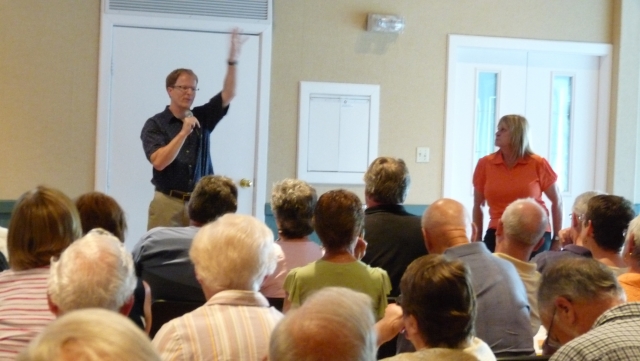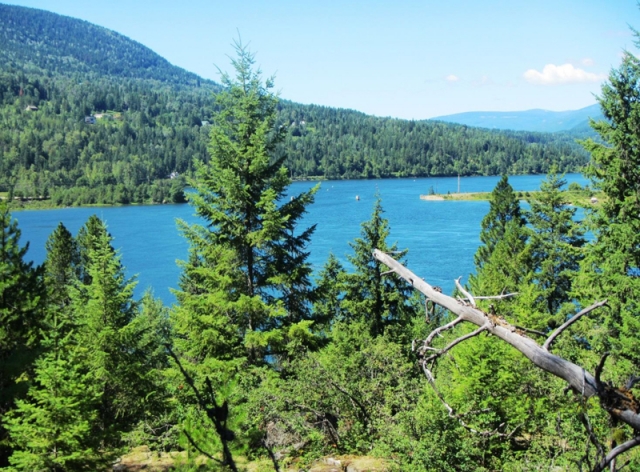Protecting Christina Lake's water and beauty key goals of proposed new regulations
Landowners at Christina Lake concerned with the protection of the area’s greatest asset – the lake itself – are encouraging the implementation of proposed riparian area guidelines for development.
“Rather than simply sitting back and waiting for the riparian area regulations (RAR) to be forced upon us, we took the initiative to tailor some guidelines to the Christina Lake context,” explained Mark Andison, director of planning for the Regional District of Kootenay Boundary. “We’ve been dealing with the Ministry of Environment and they’re really, really supportive of this approach. I think if we have something in place there will be less push from the province to expand RAR to this area because we have done something to protect the lake.”
In many parts of B.C. the provincial government has forced riparian area regulations on waterline developments. Other regional districts across the province have voluntarily implemented their own rules, and now Christina Lake is considering their home-grown guidelines in hopes of protecting their water.
Riparian area regulations (or RAR) place limits on what can be built or landscaped near bodies of water. These limits create a natural environment, or buffer, along the water’s edge encouraging the growth of native plants, fish and mammal habitat, and protection of the natural filtration of contaminants near the water.
“We see a number of benefits to this approach,” Andison continued. “It enhances protection of riparian areas, provides an opportunity to educate property developers, provides a bit more flexibility and affordability in relation to the other options that have been applied in other parts of the province, and is a relatively simple process.”
The proposed Christina Lake RAR suggests a minimum buffer of 15 metres from the natural waterline or 7.5 metres for small lots. The guidelines call for an evaluation of lot size before determining the size of the buffer. Andison and area C director Grace McGregor are hopeful that locals will voluntarily start planning with RAR in mind.
Most locals at the meeting supported the guidelines and, after hearing about the plan at previous meetings, are anxious to get it done. Others have taken the committee to task for trying to restrict actions on private property.
“I am getting sick and tired of the lakeshore being eroded. The whole lakeshore has changed so much in my lifetime here on the lake. It’s not just the lakeshore that’s a problem,” said local resident Peggy Phillips. “If we continue to erode, not just the lakefront but the area beside us as well, we’re not going to have our beautiful tree-lined lake. I’m asking people to be open-minded. My lakeshore looks just like it did 70 years ago.”
The guidelines, designed by the regional area C planning committee (APC), will affect any new development, or changes to existing developments for new buildings and additions within 30 metres of the water (lake and streams.) Exemptions apply for renovations that do not increase a building’s footprint or alter the land within the buffer zone.
If there is an impact on the buffer, applicants will need to show restoration plans, or provide professional documentation explaining plans. While the immediate impacts seem limited, Andison said that the real payback will come in 20 years when lakefront homes are due for renovations or are re-built.
The guidelines will be reviewed again by the APC after feedback from the community prior to implementation. The guidelines have been in the works over the past two years.
“It’s important that you understand that it is new construction. We’re trying to get people to voluntarily buy in to keeping the lake cleaner and this is one way we can do it without totally throwing the book at everybody all at once,” said McGregor.


























Comments